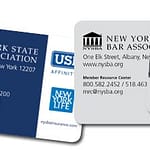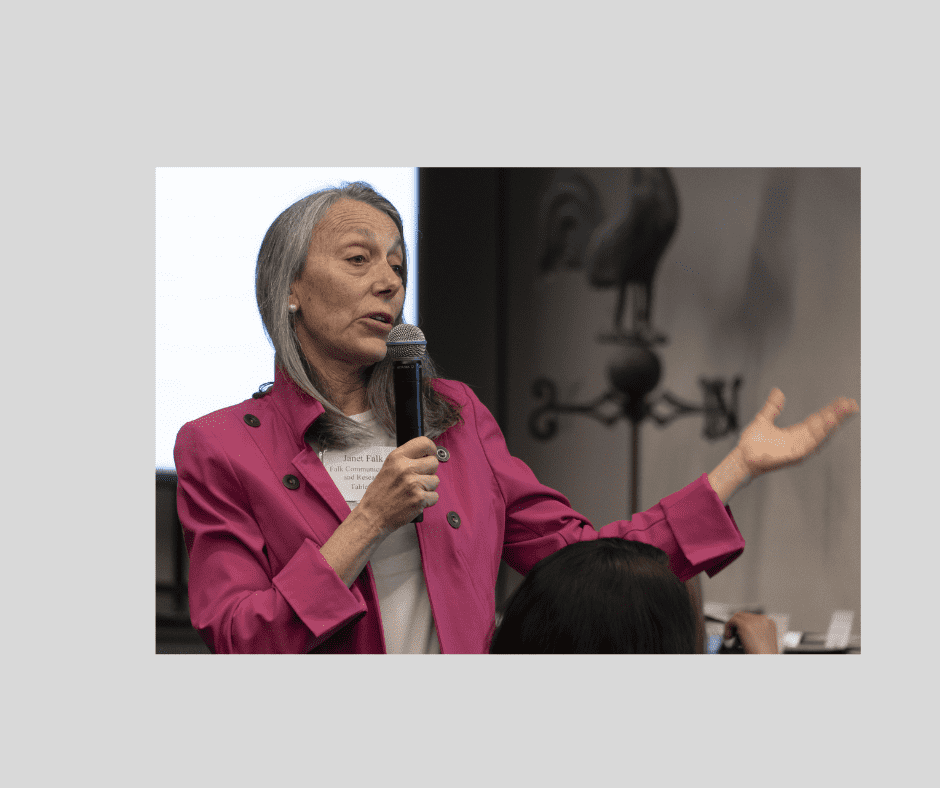Ten tips to maximize your anniversary celebration
This month marks 15 years for me as a solo-preneur Public Relations and Marketing Communications professional.
I celebrate this milestone with a gift to you, an e-book: 25 Tips to Prepare for Your Next Conference. Request a copy.
Here’s my story. I hung up my single shingle in January 2009.
You may recall it was a challenging time for a new business venture. It was the depths of the financial crisis. The Dow Jones Industrial Average had lost more than 50% of its value between May and December 2008. Corporate layoffs were an everyday occurrence.
For these 15 years, it’s been my pleasure and an education to learn about your business.
Together, we’ve connected with reporters, potential clients, networking contacts, vendors and referral sources.
We’ve polished your website and LinkedIn profile, plus edited your articles, speeches, presentations and marketing materials.
In appreciation of your support, your business and our warm relationship, I thank you for standing with me. I would not be here for 15 years without you.
As for corporate anniversary celebrations:
- I composed text for an industry trade association marking its 20th year; the booklet was distributed to the membership at a gala awards dinner.
- I produced a 70th anniversary brochure for a family-owned business; plus, I wrote the speeches the company executives gave at the celebratory breakfast.
Perhaps you will agree the people who care the most about an anniversary are the insiders: the founders, leaders, employees and members. Clients may notice to a lesser degree.
When you mark your anniversary, keep your inner circle in focus at all times.
Accordingly, here are ten suggestions for how to promote the news of your successes over the years, the knowledge you’ve gained and shared, plus the longevity of your business. Take note of the most appropriate recommendations:
- Pick a date. It can be the date your company incorporated, you launched your website or you signed your first client.
- Review your resources, both physical and digital. How will you incorporate a reference to the anniversary year and update your materials? A modified logo is often the simplest way to spruce up your existing materials with a tagline referring to the anniversary celebration. Add it to your company’s website and the email signature of employees.
- Compose a short history of the organization with milestone achievements: a new location, a new service, an expanded product line. Decide whether this history will be a brochure, e-book or video and contract with a professional to produce it.
- Incorporate visual elements. Assemble photos, perhaps a map of prior locations or areas served, and previous versions of your logo to add color to the narrative.
- Share the anniversary announcement in newsletters tailored to employees, clients and referral sources, expressing gratitude for their role in your success and longevity.
- Contact the media and offer your perspective on the state of the industry, from your launch date to today, and how the landscape has changed. Provide a forecast on what lies ahead. Add your strategy for the future and how your values will help you achieve it.
- Send a printed thank you card to employees, clients and referral sources to recognize their contributions to your success. Acknowledge key people with an individual card and perhaps a gift.
- As the budget permits, create a commemorative item, something useful and more unique than a T-shirt or pen.
- Make a charitable donation to a nonprofit group whose mission aligns with your industry. Endow a scholarship at a college or university, whether local or an alma mater of the founder.
- Host an event to acknowledge employees and clients. Consider a family day in the spring.
This Month’s Tip
Document the anniversary and spread the word. Take photos and create informal videos of the activities underway. For example, compare the new anniversary logo with the one in use and describe the process of designing it. All events should be captured; these photos and video can be shared on your company’s website and social media accounts.
Contact
Check the calendar. It’s never too soon to plan for your next anniversary or milestone. Contact me at Janet@JanetLFalk.com, book an appointment here or call me at 212.677.5770. Let’s set a date to discuss making your celebration memorable.
Click here to read prior issues of this newsletter.
Click here to subscribe to this monthly newsletter and make sure you don’t miss the next issue.








 Tips to maximize your presence and activity at a large group meeting.
Tips to maximize your presence and activity at a large group meeting.